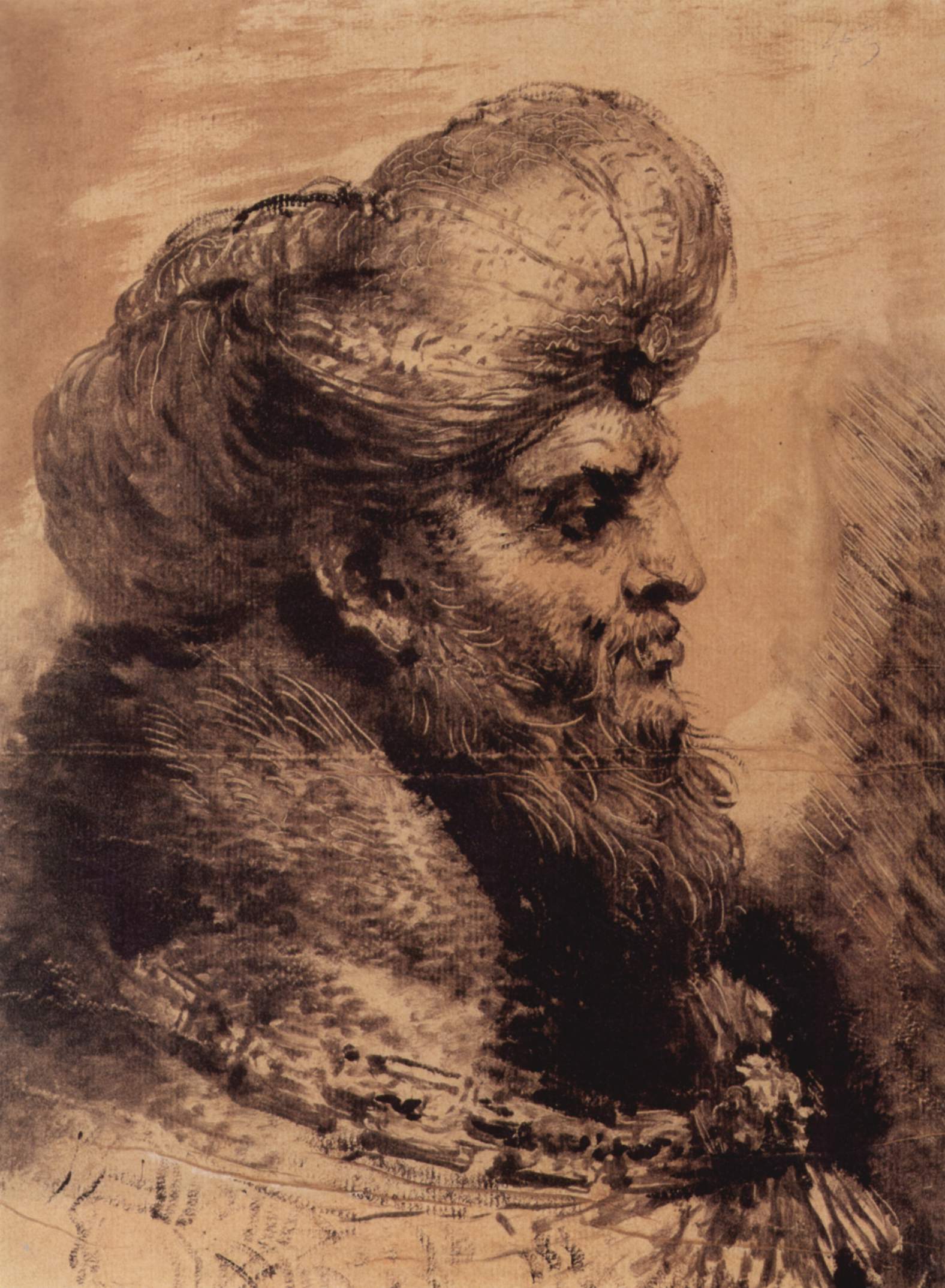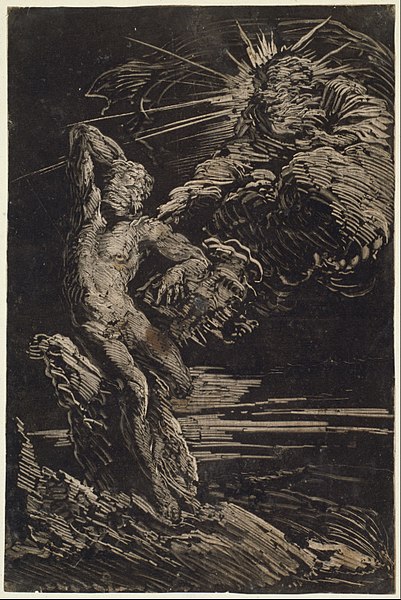See also print Monoprint inspiration
What are Monoprints and Monotypes?
A monoprint is a single impression of an image made from a reprintable block. It involves the transfer of ink from a plate to the paper, canvas, or other surface that will ultimately hold the work of art. Monoprints are known as the most painterly method among the printmaking techniques; it is essentially a printed painting. The beauty of this medium is in its spontaneity and its combination of printmaking, painting and drawing media. Monoprints may also involve elements that change, where the artist reworks the image in between impressions or after printing so that no two prints are absolutely identical. Monoprints may include collage, hand-painted additions, and a form of tracing by which thick ink is laid down on a table, paper is placed on top and is then drawn on, transferring the ink onto the paper. Monoprints can also be made by altering the type, color, and pressure of the ink used to create different prints.
- monotyping: plates have no permanent marks that will impart any definition to successive prints. Imagery is dependent on one unique inking, resulting in one unique print. At most two impressions (copies) can be obtained
- monoprinting: plates have permanent features on them that can be reused, but not to produce an identical result. Monoprints can be thought of as variations on a theme, with the theme resulting from some permanent features being found on the plate – lines, textures – that persist from print to print. Variations are confined to those resulting from how the plate is inked prior to each print. The variations are endless, but certain permanent features on the plate will tend to persist from one print to the next.

Willows Moonlight Crop 9

10: One Mouth Kissing

Abstract from Frankenthaler

Abstract from Frankenthaler

Rothko experiment 2

2_Schminke
I used different monoprint techniques in:
For ways in which other printmakers and artists have used and innovated with monoprint see Monoprint Inspiration.
Monoprint process
-
Preparing the plate
Plates can be of any type, as long as they are non porous: plexiglass or thin sheets of metal such as copper or zinc, heavyweight vinyl, mylar or acetate, masonite, discarded thin litho zinc or aluminium plates, cardboard sealed with gesso or acrylic spray or glue, glass (only used when handprinting), styrofoam, polystyrene.
Some of my work uses softfoam.
Prior to drawing, the plate to be used (usually plexiglass) needs to be finely sanded and the edges bevelled. This will allow color to fix better on the plate and make drawing much easier. Using a sponge or small brayer apply a thin even coat of hand soap to the entire printing surface and allow it to dry. The soap will perform as a releasing agent and allow the colors to lift during printing.
2) Inking the plate
Inks include water-based inks (eg Akua-Kolor or Schminke Inks) or oil-based inks (eg Caligo water-washable inks of Hathorne inks), or paints like Holbein Duo water-soluble oil paints or watercolour paints and pigments. Other water-soluble materials such as crayons, watercolour pencils or watercolour felt tip pens can also be used.
Applicators and wipers include brushes, rollers, sticks, rags, fingers, palette knives etc
Monoprints can use one or more of the following inking processes:
Painterly approaches: adding ink
Draw directly onto the surface of the plate with the water-soluble materials, letting the color dry for a few hours prior to printing.

Gesture experiments

Gesture experiments

Willows 1 Dawn monoprint
Subtractive techniques
Inspiration: Castiglione Degas

Torso

Torso

One Mouth Kissing
Masking
Using thin plastic or paper shapes to produce positive and negative space images in one or more colours.

Willows ice moonlight draft

Willows ice moonlight draft
Inspiration: Matisse cut-outs
Trace drawing
Also known as back-drawing or back-tracing. Inking up a plate and then drawing on the back of the paper with different instruments to produce a line and shading- pencils for sharp lines, flat or soft objects for tone. This gives a very angular and nervous line. There is no limit to the number of times you can back-drawn a print and different colours and textures can be built up.
Project 4.2 Self-portrait reflected

Self Image
Inspiration: Gauguin, Klee, Tracey Emin
Textured prints
Using textured materials to make marks in the ink and/or act as a mask between the ink and the paper.
Salt

Schminke ink reactivated from dry plate. A2

One Mouth Kissing
Collage monoprint: materials are not glued on the surface but are used on the paper either inked or not inked (only used to produce embossments on paper). Materials often used are cut or torn shapes from textured papers, lace, cloth, thin vinyl sheets, leaves, and even metal grating.

Rosie in green and red

Rosie in red and white
Special effects can also be achieved dabbing solvents such as mineral spirits or turpentine to your inked plate, allowing the solvent to dissolve the ink so as to create beautiful reticulate marks.
Printing the Plate
Paper can use thin or thick papers, watercolour paper, and cheaper papers like newsprint etc
The paper to print on should be damp, but not excessively wet unless you want the colors to “run”. When printing, the moisture in the paper will reactivate the drawing materials, allowing for the transfer of the color to the paper. Run the plate through the press with moderate to heavy pressure. This will give you the best impression. Prior to removing the printed image. Check the impression quality by lifting the corner of the print and checking the image. If the impression is not satisfactory, lightly spray/sponge the back of the paper with water and run it through the press again. Repeat this until the image is of acceptable quality.
Bibliography
Ayres, J., (2001) Monotype: mediums and methods for painterly printmaking, New York: Watson-Guptill Publications.
Brown, N., Tracey Emin, London: Tate Publishing.
D’arcy Hughes, A. & Vernon-Morris, H., (2008) The Printmaking Bible: the complete guide to materials and techniques, San Francisco: Chronicle Books.
Grabowski, B. & Flick, B., (2009) Printmaking: A Complete Guide to Materials and processes, London: Lawrence King Publishing.
Hambling, M., (2009) The Sea, Salford Quays: The Lowry Press.
Hauptman, J., (2016) Degas: A Strange New Beauty, New York: MoMA.
Hayter, C. E., (2007) The Monotype: The History of a Pictorial Art, Milan: Milton Avery.
Martin, J., (1993) The Encyclopedia of Printmaking Techniques, London: Quarto Publishing.
Merck, M. & Townsend, C. (eds.) (2002) The Art of Tracey Emin, London: Thames & Hudson.
Newell, J. & Whittington, D., (2004) Monoprinting, London: A&C Black.
Ramkalawon, J., (2016) Maggi Hambling Touch: works on paper, London: Lund Humphries and British Museum.
Stobart, J., (2001) Printmaking for Beginners, London: A&C Black.
Woods, L., (2011) The Printmaking Handbook: Simple techniques and step-be-step projects, London: Search Press.
Exhibitions and galleries
British Museum
Maggi Hambling – Touch: works on paper (8 September 2016 –29 January 2017)
Fitzwilliam Museum
Degas: A Passion for Perfection (3 October 2017 – 14 January 2018) prints in various media
Maggi Hambling: The Wave (27 April – 8 August 2010) monoprints and etchings
National Gallery
Maggi Hambling: Walls of Water (26 November 2014 – 15 February 2015)







































